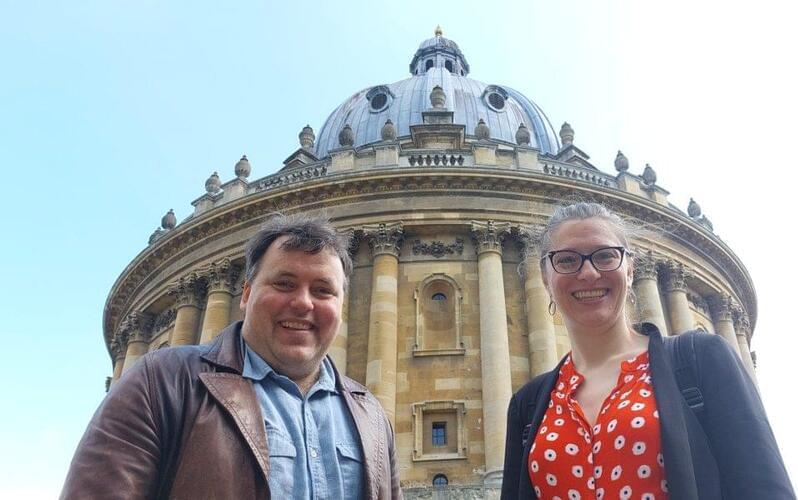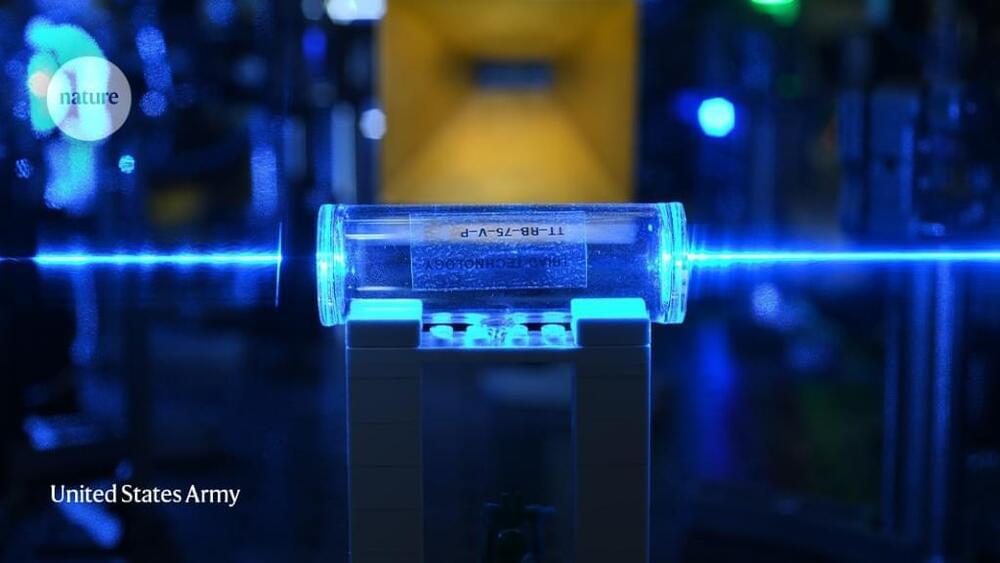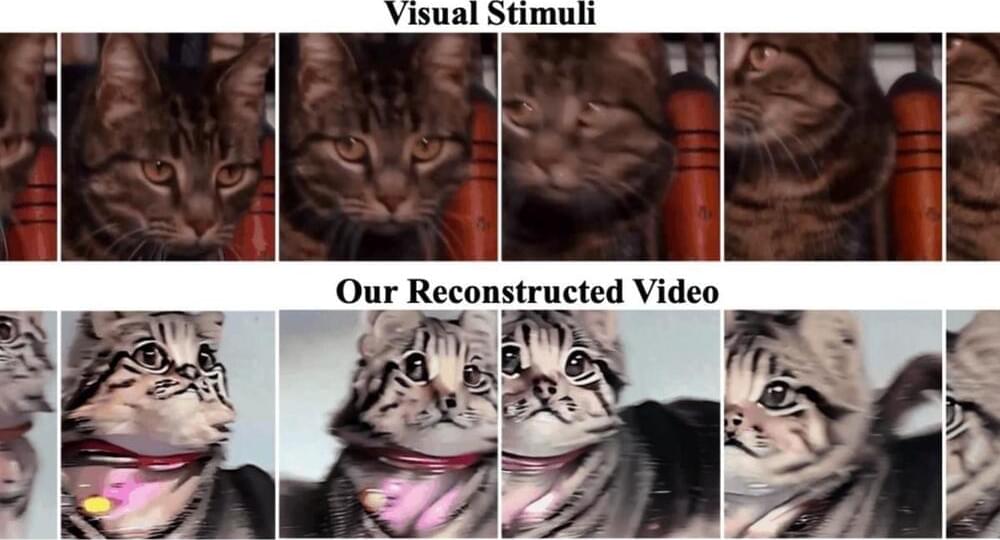While much of what Aligned AI is doing is proprietary, Gorman says that at its core Aligned AI is working on how to give generative A.I. systems a much more robust understanding of concepts, an area where these systems continue to lag humans, often by a significant margin. “In some ways [large language models] do seem to have a lot of things that seem like human concepts, but they are also very fragile,” Gorman says. “So it’s very easy, whenever someone brings out a new chatbot, to trick it into doing things it’s not supposed to do.” Gorman says that Aligned AI’s intuition is that methods that make chatbots less likely to generate toxic content will also be helpful in making sure that future A.I. systems don’t harm people in other ways. The work on “the alignment problem”—which is the idea of how we align A.I. with human values so it doesn’t kill us all and from which Aligned AI takes its name—could also help address dangers from A.I. that are here today, such as chatbots that produce toxic content, is controversial. Many A.I. ethicists see talk of “the alignment problem,” which is what people who say they work on “A.I. Safety” often say is their focus, as a distraction from the important work of addressing present dangers from A.I.
But Aligned AI’s work is a good demonstration of how the same research methods can help address both risks. Giving A.I. systems a more robust conceptual understanding is something we all should want. A system that understands the concept of racism or self-harm can be better trained not to generate toxic dialogue; a system that understands the concept of avoiding harm and the value of human life, would hopefully be less likely to kill everyone on the planet.
Aligned AI and Xayn are also good examples that there are a lot of promising ideas being produced by smaller companies in the A.I. ecosystem. OpenAI, Microsoft, and Google, while clearly the biggest players in the space, may not have the best technology for every use case.






